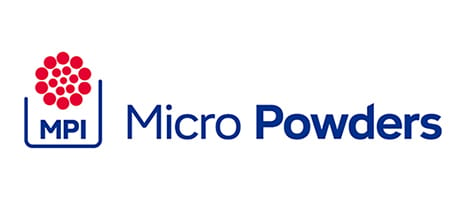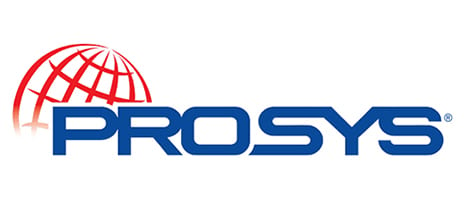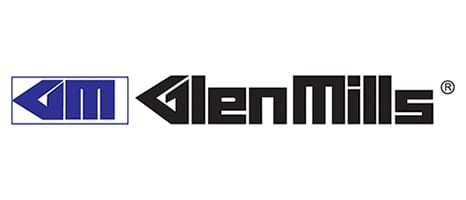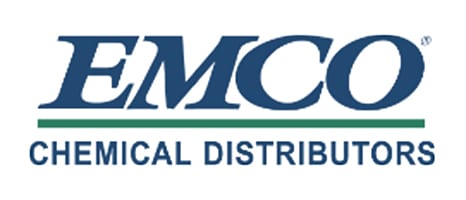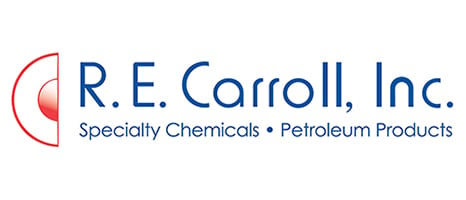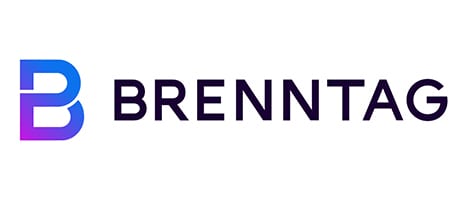COATINGS SUPPLier HANDBOOK
The Coatings Supplier Handbook brings together essential solutions for formulators and manufacturers across the paint and coatings industry. This annual resource highlights new technologies, raw materials, equipment and services offered by leading suppliers in additives, resins, pigments, equipment and distribution. Use this guide to navigate the latest innovations and connect with partners who can support your product development, manufacturing and compliance goals.
Click on any category below to view its definition, and explore featured suppliers offering solutions in that area.
Supplier Material Definitions
Click the “+” next to each material to expand and view its definition.
Though additives comprise a small percentage of a coating formulation, their impact is significant. Additives contribute to ease of manufacture, stability of the coating product in the package, ease of application, quality and appearance.
Additive function is almost always specific in nature. In recent years, more multipurpose additives have been developed, thus allowing the use of fewer additives in many formulations. Occasionally, the use of one additive will require the use of another to counter some undesirable effect of the first. The focus on green technology, sustainability, nanotechnology, lower cost and safer products has led to the introduction of newer additives and chemistries. With a larger number of additives available for a particular problem, formulators can find themselves in trouble if the wrong additive is used. Correct additive selection is important to success, and such selection is made through vendor assistance or years of experience.
Source: J.V. Koleske, R. Springate, and D. Brezinski, “2013 Additives Handbook,” Paint & Coatings Industry, June 2013.
Resins are organic compounds that are used to produce paint and coatings for a variety of applications, from traffic marking and architectural paints, to industrial and marine coatings. The term resin comes from ‘resinous’, a description of materials that are amorphous and brittle, yet soft and tacky. In some cases, resins provide tackiness and an increase in specific adhesion; in other cases, they provide film forming, and a reduction in viscosity. The types of resins used depend on their application and the qualities needed, such as UV resistance, moisture resistance or transparency.
Vinyl and acrylic monomers, the building blocks of polymers, are used to produce some paint and coating resins. Solution, emulsion and dispersant polymers are a few types of polymers used in the coatings industry. Diols and polyols are also used to make resins for coatings and paint products.
Epoxy resin coatings are often used in industrial settings due to their ability to handle moderately corrosive environments. Acrylic paint and coatings are typically used in the architectural industry. These resins offer superior gloss and color retention, making them suitable for exterior and interior applications. Solvent-based acrylic resins usually have better chemical resistance and weather resistance compared to water-based acrylic resins, however many resin suppliers are focusing their R&D efforts to change this. Alkyd resins are also used for architectural paint and coatings due to their high gloss. These resins have high durability as well. Urethanes are versatile resins that can be used for several types of applications.
Sources: “Raw Materials, Chemicals, Polymers and Additives Handbook,” Adhesives & Sealants Industry, March 2021; and Gantrade.
Pigments provide several properties to coatings, including a solid base for binder reactions; resistance to ultraviolet light; and added color, texture, and physical properties. Pigments narrow down to organic and inorganic types. Organic pigments include carbon compounds and are responsible for a broad number of colors across commercial products. Common organic pigments from animal and vegetable origins include:
- Alizarin: Yellow, orange and red shades;
- Phthalocyanine: Blue and green shades;
- Quinacridone: Violet shades.
Inorganic pigments derive from mineral origins and are considered metal compounds. These pigments are siennas, umbers, and ochres that form within clays in the Earth. They can be synthetically created to produce signature colors such as “cobalt blue” and “titanium white.”* Metallic pigments are widely available in the form of flakes, although other shapes also exist.
Metallic pigments can either be used alone or in combination with special effect pigments. These pigments are widely used in anti-corrosive coatings, heat-resistant paints, metallic paints, and primers; they can be based on aluminum, copper, zinc, or stainless steel.**
Pigment dispersions are dry pigments dispersed in liquid material that are stabilized using resins or surfactants/additives to minimize reagglomeration, a phenomenon where the pigments come back together to form “lumps.” They can contain water or solvent, or they can be based on a resin that is liquid at room temperature. Pigment dispersions often have relatively high pigment concentrations and are used in additive quantities to impart color in a variety of products. The term “pigment dispersions” is often used synonymously with colorants, color concentrates, and pigment preparations.
Sources: *Brenntag; **SpecialChem; and ***Chromaflo Technologies.




Numerous types of equipment are used throughout coatings production and application. For example, mixers are commonly used to process raw materials during the manufacturing process. The objectives of mixing are to produce a mixture with a composition and/or particle size distribution that approaches the uniform state on a scale of size appropriate to the use of the mixture, in a manner that suits the subsequent processing operations. Additional types of equipment can facilitate blending, dispersing, filling, metering, milling, converting and more. Equipment is also used to test or measure different coating properties, including color, flow, hardness, resistance to abrasion or scratching, bond strength, thickness, tack, weathering, etc. Companies can provide the instrumentation used for these measurements, or they can be contracted to provide various testing services in their own labs.
The equipment needed to precisely apply coatings depends on the specific coating method, such as: thermal spraying, hot dipping, electrodeposition, slot die, bar, coil, curtain, brushing, rolling and more.
Many coatings require a curing step in order to achieve their final desired characteristics. The specific equipment needed (e.g., lamps, conveyors, ovens) depends on the material to be cured and the curing method, such as electron beam, LED, ultraviolet, infrared or spot.
Source: “Equipment Handbook,” Adhesives & Sealants Industry.
The relationship between chemical/raw material distributors and coatings manufacturers is not just about product delivery. Today’s distributors offer a broad range of services that continues to evolve to help players throughout the supply chain produce innovative products in a safe and timely manner, while addressing industry trends and various economic issues.
Distributors strive for collaborative relationships focused on mutual success. Some materials/chemicals suppliers may not have the resources available for in-house testing and formulation capabilities, new product development efforts or personnel who are experienced in regulatory and compliance issues. Others may have had to reduce these activities due to economic factors. Whatever the reason, many distributors have responded to these trends by expanding their own facilities and expertise in order to offer needed services.
Additional potential benefits of working with a distributor can include inventory flexibility, access to local inventory, supply security, market analysis and visibility, supply chain expertise and digitalization.


